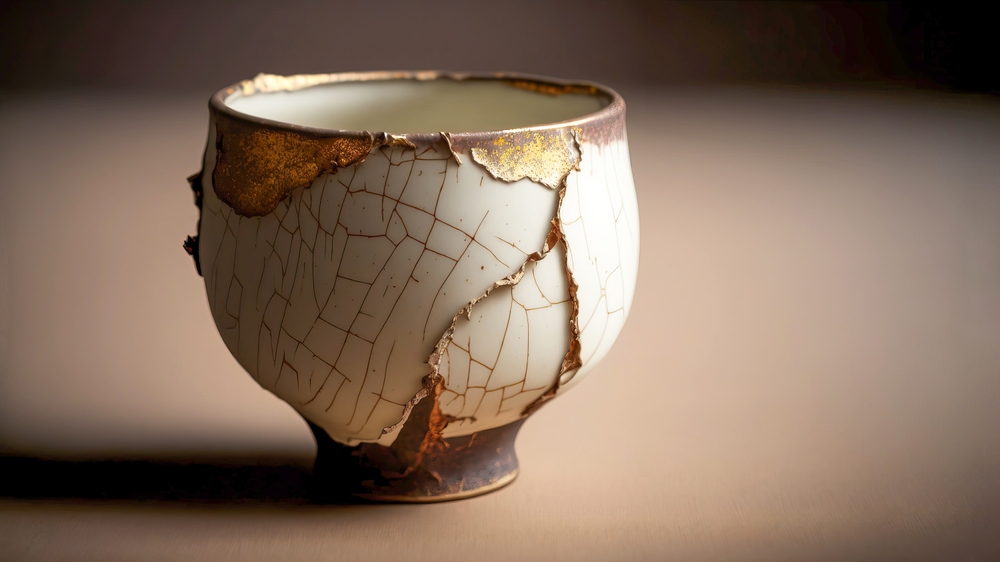The Rise of Wabi-Sabi: Embracing Imperfection in Home Design
In a world obsessed with perfection, there's a growing movement within the realm of home design that celebrates the beauty of imperfection - it's known as Wabi-Sabi. Originating from centuries-old Japanese aesthetics, Wabi-Sabi is finding its footing in modern homes, striking a balance between simplicity, tranquility, and the acceptance of natural imperfection. This article explores the essence of Wabi-Sabi, its historical context, current trends, and how it's providing a unique twist to home décor and lifestyle.

The Essence of Wabi-Sabi
Wabi-Sabi is more than a design principle; it’s a philosophy, a way of life that takes its roots from Zen Buddhism. The term ‘Wabi’ denotes rustic simplicity, quietness, and understated elegance, while ‘Sabi’ symbolizes the beauty or serenity that comes with age. Together, they advocate appreciating the beauty in what’s naturally imperfect, impermanent, and incomplete. This acceptance of transience and imperfection is what sets Wabi-Sabi apart from other design styles.
Historical Context and Evolution
Historically, Wabi-Sabi was a reaction against the prevailing aesthetic of lavishness, ornamentation, and rich materials that were popular during the Heian period (794 to 1185) in Japan. Instead, Wabi-Sabi embodied a quieter, more modest approach, appreciating the inherent beauty of simple, utilitarian objects. Over centuries, it evolved, aligning with tea ceremonies and Zen Buddhism, and later finding a place in architecture, art, and design.
Wabi-Sabi in Modern Home Design
In contemporary design, Wabi-Sabi translates into using natural materials, embracing simplicity, and acknowledging the passage of time. It’s about appreciating the beauty of cracked ceramics, a worn wooden table, or an asymmetrical handmade vase. Unlike other design trends that chase after the new, shiny, and perfect, Wabi-Sabi cherishes what is weathered, worn, and imperfect.
Practical Application and Market Trends
Applying Wabi-Sabi in your home doesn’t require a complete overhaul. Instead, it’s about making mindful choices. Opt for handmade items with visible craftsmanship. Choose natural materials like wood, stone, or clay, which show signs of wear over time. Leave some things unfinished or asymmetrical to celebrate their natural state. Market trends show an increased interest in handmade, artisan items, and a move away from mass-produced, perfect designs, indicating a shift towards the Wabi-Sabi philosophy.
Wabi-Sabi: Enhancing Daily Living
Through its emphasis on accepting and finding beauty in imperfection, Wabi-Sabi offers a refreshing antidote to our fast-paced, perfection-obsessed lifestyle. It encourages slowing down, appreciating the present, and finding joy in the ordinary. By incorporating Wabi-Sabi principles, we can create homes that are not just visually appealing, but also spaces that foster peace, mindfulness, and authenticity.
In exploring the unique philosophy of Wabi-Sabi, we discover more than just a design trend; we find a valuable perspective on life and living. As we learn to embrace the imperfect and value the worn and weathered, we create spaces that are deeply personal, tranquil, and authentically beautiful. The rise of Wabi-Sabi in home design is a testament to our collective desire for authenticity, simplicity, and serenity in our living spaces.






